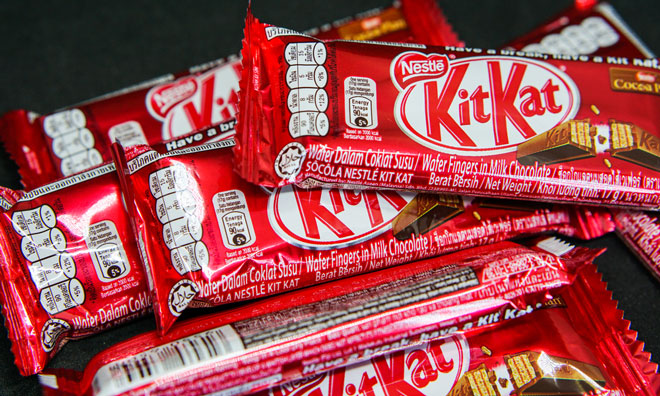Nestlé cocoa processing and chocolate manufacturing
18 August 2008 | By Klaus Zimmermann, Head of Product Technology Centres and R&D Centres, Nestec S.A. and Hilary Green, Head of R&D Communications, Nestlé S.A.
Nestlé Chocolate Processing Research and Development has a long 100 year history, and is an important part of Nestlé’s rich innovation heritage. The ‘grandfathers’ of Nestlé’s chocolate history were François-Louis Cailler, Charles-Amédée Kohler and Daniel Peter. The history of Swiss innovation in chocolate started in the 19th century with Daniel…






